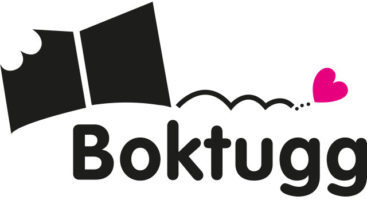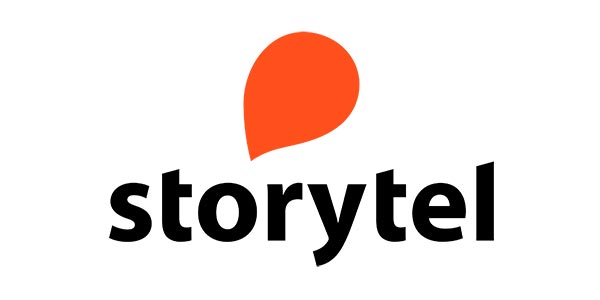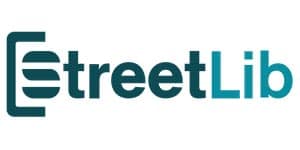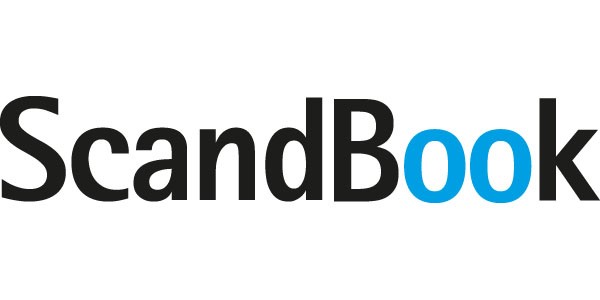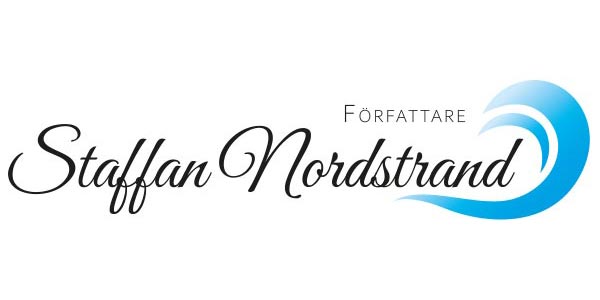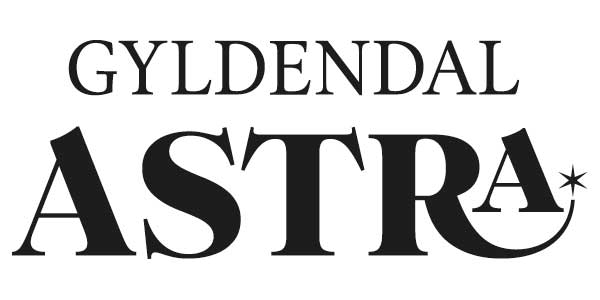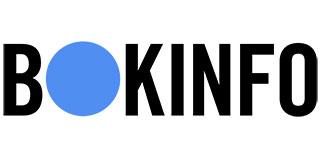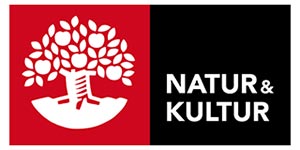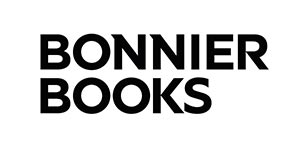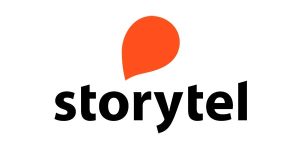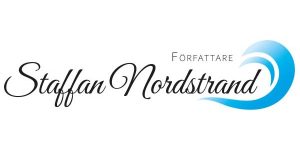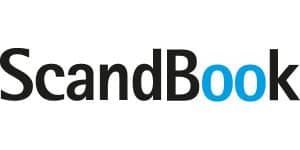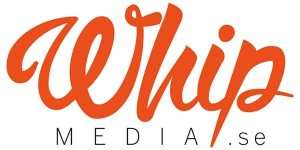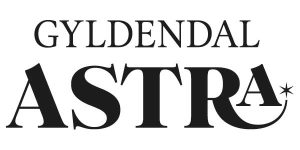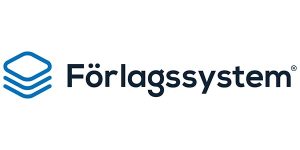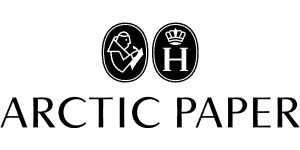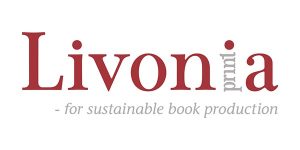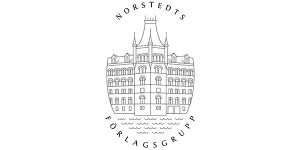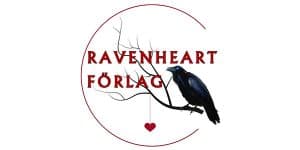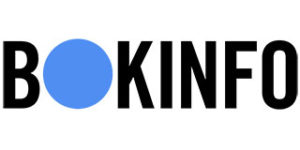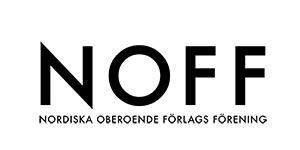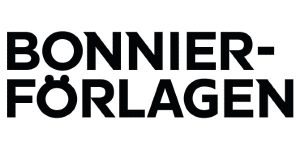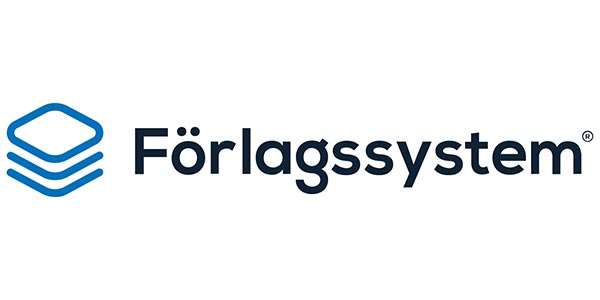
Assessment for learning : a case study in mathematics education
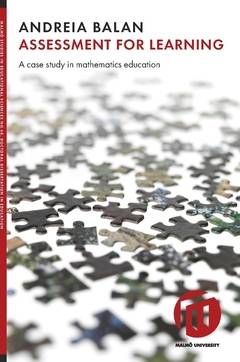
| Författare | |
|---|---|
| Förlag | Malmö Högskola |
| Genre | Pedagogik |
| Format | Häftad |
| Språk | Engelska |
| Antal sidor | 194 |
| Vikt | 392 gr |
| Utgiven | 2018-02-28 |
| SAB | Eabt.03 |
| ISBN | 9789186295332 |
English abstract
The aim of this study was to introduce a formative-assessment practice in a mathematics classroom, by implementing the five strategies of the formative-assessment framework proposed by Wiliam and Thompson (2007), in order to investigate: (a) if this change in assessment practices had a positive influence on students’ mathematical learning and, if this was the case, (b) which these changes were, and (c) how the teacher and students perceived these changes in relation to the new teaching-learning environment. The study was conducted in a mathematics classroom during the students’ first year in upper-secondary school. A quasiexperimental design was chosen for the study, involving pre- and post-tests, as well as an intervention group and control group. The intervention was characterized by: 1) making goals and criteria explicit by a systematic use of a scoring rubric; 2) making students’ learning visible by a use of problem-solving tasks and working in small groups; 3) providing students with nuanced information about their performance, including ways to move forward in their learning; 4) activating students as resources for each other through peer-assessment and peer-feedback activities; and 5) creating a forum for communication about assessment, involving both the students and the teacher. The findings indicate an improvement in problem-solving performance for the students in the intervention group, for instance regarding how well they are able to interpret a problem and use appropriate mathematical methods to solve it. The students also show improvements in how to reason about mathematical solu12 tions, how to present a solution in a clear and accessible manner, and how to appropriately use mathematical symbols, terminology, and conventions. The findings also indicate a change in students’ mathematical-related beliefs during the intervention, towards beliefs more productive for supporting learning in mathematics. The changes in students’ beliefs include mathematical understanding, mathematical work, and the usefulness of mathematical knowledge. During interviews, the students expressed how they perceived the new teaching-learning environment. Students’ responses indicate that they recognized and appreciated the different components of the formative-assessment practice as resources for their learning. Responses from both students and the teacher also indicate that the components of the formative-assessment practice were linked in complex ways, often supporting and reinforcing each other. Furthermore, most components had other effects as well, besides supporting the formative strategies they were intended to. The findings from this study deepens our understanding of how the components of a formative-assessment practice may influence students and their learning in mathematics, but also how these components co-exist in an authentic classroom situation and influence each other.
